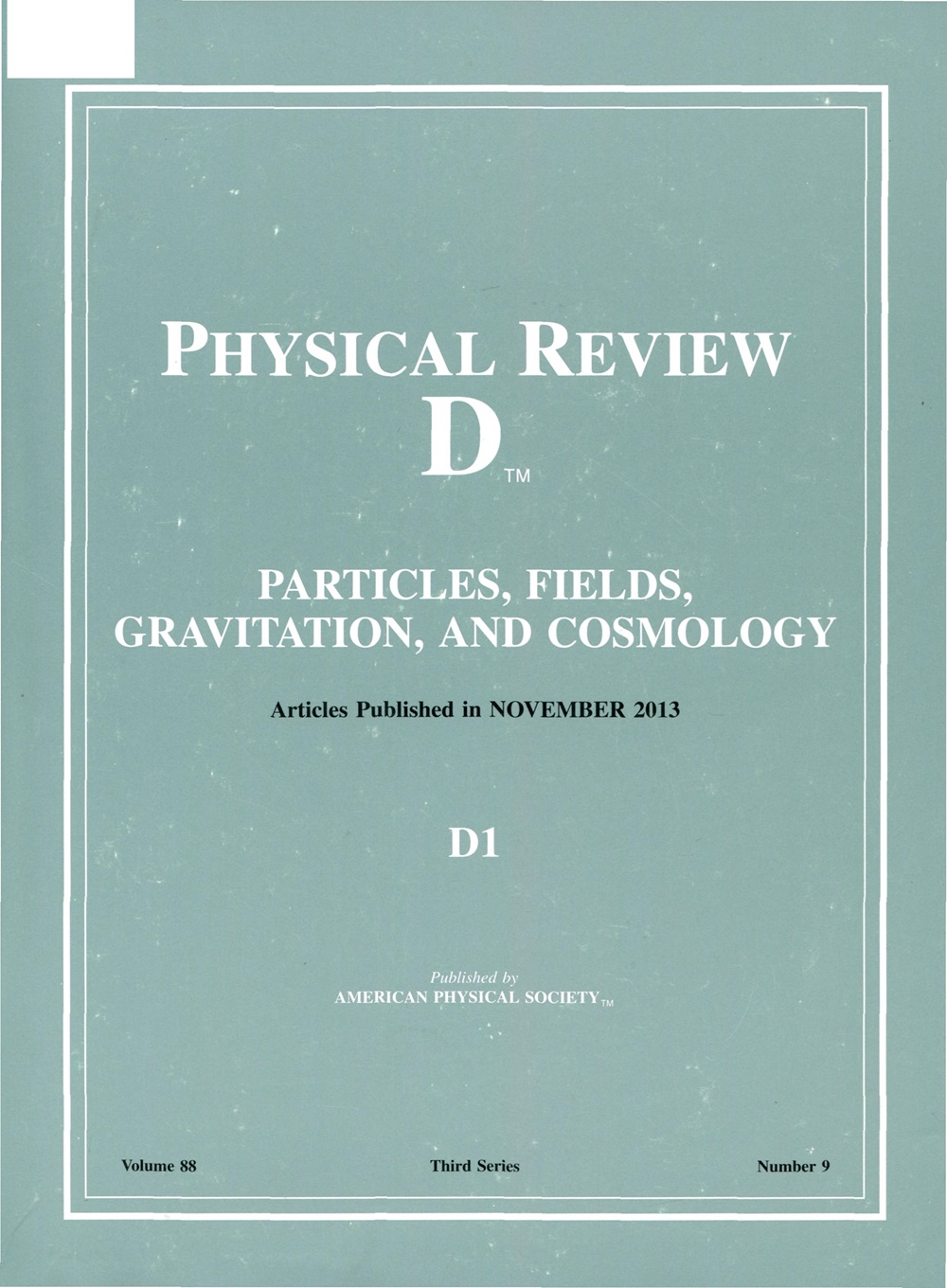Postprocessing subtraction of tilt-to-length noise in LISA in the presence of gravitational wave signals
IF 5
2区 物理与天体物理
Q1 Physics and Astronomy
引用次数: 0
Abstract
The Laser Interferometer Space Antenna (LISA) will be the first space-based gravitational wave (GW) observatory. It will measure gravitational wave signals in the frequency regime from 0.1 mHz to 1 Hz. The success of these measurements will depend on the suppression of the various instrument noises. One important noise source in LISA will be tilt-to-length (TTL) coupling. Here, it is understood as the coupling of angular jitter, predominantly from the spacecraft, into the interferometric length readout. The current plan is to subtract this noise in flight in postprocessing as part of a noise minimization strategy. It is crucial to distinguish TTL coupling well from the GW signals in the same readout to ensure that the noise will be properly modeled. Furthermore, it is important that the subtraction of TTL noise will not degrade the GW signals. In the present manuscript, we show on simulated LISA data and for four different GW signal types that the GW responses have little effect on the quality of the TTL coupling fit and subtraction. Also, the GW signal characteristics were not altered by the TTL coupling subtraction.求助全文
约1分钟内获得全文
求助全文
来源期刊

Physical Review D
物理-天文与天体物理
CiteScore
9.20
自引率
36.00%
发文量
0
审稿时长
2 months
期刊介绍:
Physical Review D (PRD) is a leading journal in elementary particle physics, field theory, gravitation, and cosmology and is one of the top-cited journals in high-energy physics.
PRD covers experimental and theoretical results in all aspects of particle physics, field theory, gravitation and cosmology, including:
Particle physics experiments,
Electroweak interactions,
Strong interactions,
Lattice field theories, lattice QCD,
Beyond the standard model physics,
Phenomenological aspects of field theory, general methods,
Gravity, cosmology, cosmic rays,
Astrophysics and astroparticle physics,
General relativity,
Formal aspects of field theory, field theory in curved space,
String theory, quantum gravity, gauge/gravity duality.
 求助内容:
求助内容: 应助结果提醒方式:
应助结果提醒方式:


